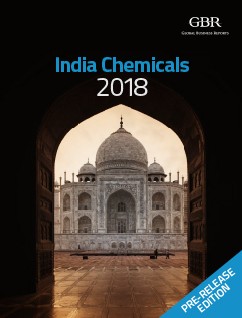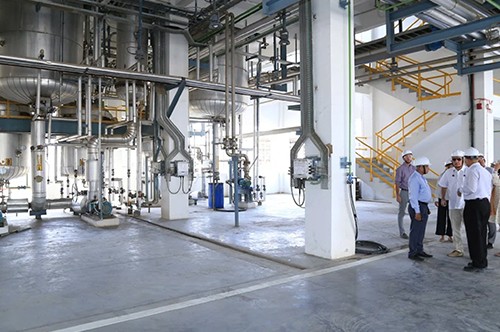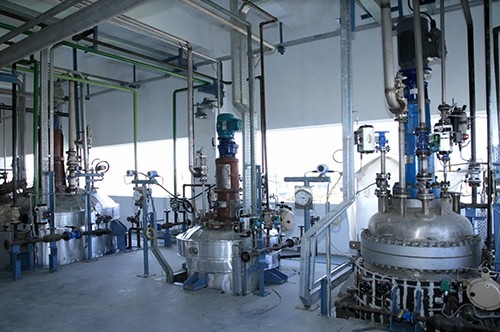
PUBLICATION
India Chemicals 2018 Pre-Release Edition
India’s chemicals industry is going through rapid growth as end-user demands continue to increase on the back of historically low domestic consumption as well as reduced supply in China due to newly-enforced environmental regulations. With domestic and non-domestic demand increasing, especially in agrochemicals, surfactants, colourants and paints and coatings, India’s chemicals sector has seen double digit growth from 2013 to 2017 with the market worth $160 billion as of 2017. India's ease of doing business has also jumped 30 places in the World Bank Group’s Index following major tax reforms last year and a National Action Plan has been set up to address chemical regulation and pollution. Whilst challenges of feedstock availability and a lack of a streamlined infrastructure hamper rapid progress, India’s ‘coming of age’ is taking shape and the sleeping giant is awakening.













